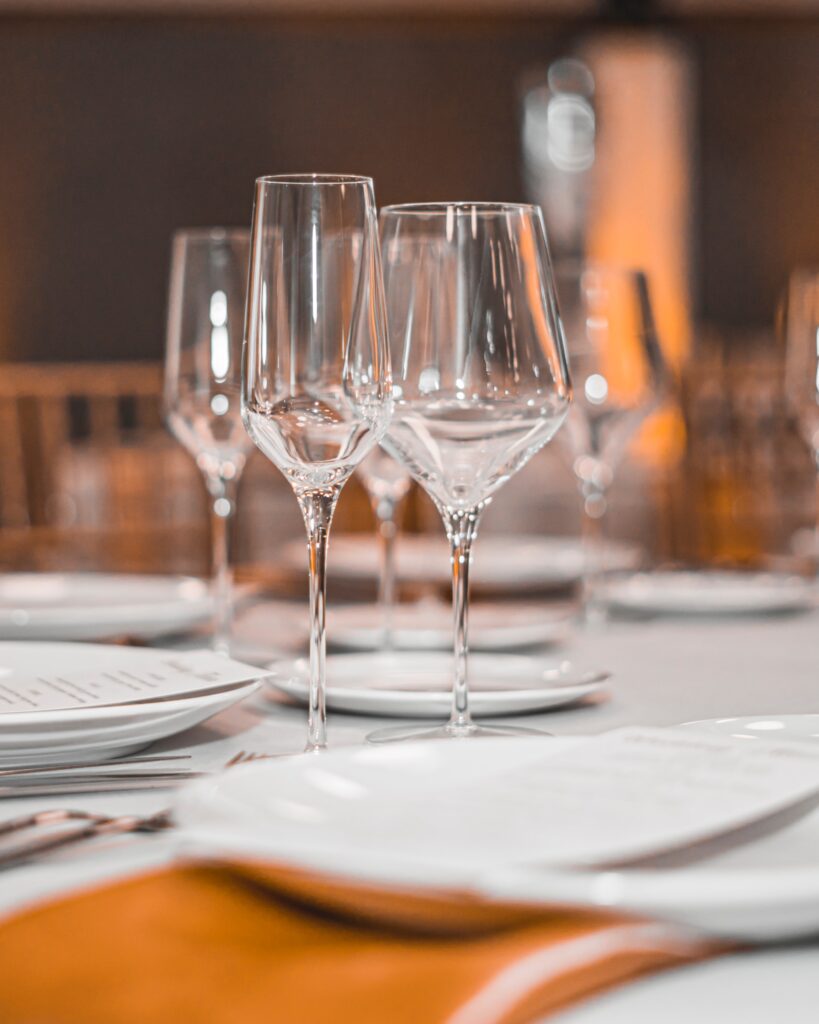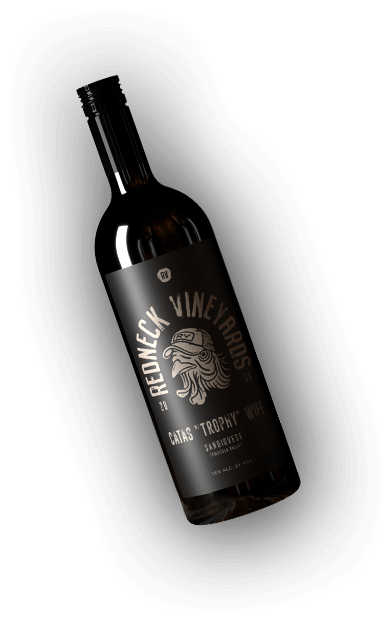Wine, Wine Tasting
Wine Glass Basics
It may seem confusing that different types of wine do taste better depending upon one glass you use, but it certainly has a basis in scientific fact! Since wine tasting is all about engaging your senses, you can choose a glass shape and size that will bring you the best possible experience.
Take a look at our simple guide to learn how to serve your wines in the optimum piece of glassware to enjoy their flavor to the very maximum. We will take you through the most common types of wine glasses and how they are used.
Types of Wine Glasses
Sparkling
Flute
A tall, slender glass, the flute is the one most often used for serving sparkling wines. This is because the tall, thin profile of the glass helps to preserve the bubbles for longer. As sparkling wines tend to be relatively light on aroma, the narrow neck of the glass is helpful for this purpose, and it doesn’t matter that you cannot get your nose right into the glass to smell the wine. These glasses have a higher center of gravity, though, so remember to set them down with care on a level surface.
Coupe
The wide, squat bowl of the coupe glass was traditionally used to serve sparkling wines particularly champagne. The large surface area of the bowl means that the bubbles disperse very quickly, which gives a softer mouthfeel to the beverage but does mean it will go flat quicker. These glass types are starting to have a bit of a renaissance as people enjoy the feel of vintage glamor that they lend to any occasion.
White Wine
Smaller Bowled, Medium Glass
There isn’t really a unique name for the standard glasses used for white and red wine, but white wine is served in a narrower, straighter bowl than for red wines, sometimes referred to as a tulip shape, as it helps to do two things.
Firstly it concentrates and funnels the delicate floral aromas towards your nose as you move the glass towards your face. The liquid is closer to your nose due to the narrow construction of the glass resulting in being able to smell all the delightful aromas of the wine you are enjoying. Aroma is a huge factor in appreciating flavor. This glass shape also directs the acidic wine to your mid-palate upon entering your mouth, which is where it can be best appreciated.
Secondly, a smaller glass helps maintain a lower temperature, and you should be serving your white wines lightly chilled for the optimal experience. Ideally, take them out of the fridge half an hour before serving, and always remember to hold your glass by the stem to stop your body heat from prematurely warming the liquid — doing these two things will help the right glassware to do its job properly. You might like to use a stemless glass on more casual occasions, but they will not give the best results in keeping the wine at the most desirable temperature as you drink it.
Red Wine
Wider Bowled, Large Glass
A wide-bottomed balloon glass that tapers a little towards the rim allows the fruit aromas to be released initially, followed by the tannic nose, which is, of course, particularly desirable for red wines. They have bolder, more assertive aromas than white wines.
A wider glass also means that more of the liquid is in contact with the air, allowing for brief oxygenation before drinking that brings out the flavors and smoothes out the tannins. Having a large enough glass to swirl your wine before drinking (whatever type of still wine it is) will further oxygenate the liquid and give that immediate boost to your enjoyment.
Dessert and Fortified Wines
Smaller Glass
These wines tend to be sweeter and have a much higher alcohol content, so a smaller glass is appropriate to give a smaller serving size. A smaller rim stops the alcohol vapors from overwhelming your nose. At the same time, a straighter bowl shape helps to direct the liquid to the back of the mouth, where the sweetness can be appreciated without being overwhelming.
Tasting Glasses
Iso Tasting Glass
The internationally recognized standard for wine tasting glasses is the International Standards Tasting glass. This gives ample room to swirl and sniff a two-ounce pour, as well as having a tulip-shaped bowl that helps to funnel the volatile aroma molecules towards the nose as you sip.
Conclusion
At the end of the day, it doesn’t matter what you serve your wine in. Teacup, soup bowl, or even an old shoe, so long as you enjoy yourself, it doesn’t matter. However, a little knowledge goes a long way to adding finesse to your wine journey and ensuring you get the very best out of every bottle of wine you share. If you are curious to find out more about the best way to store your wine once you have opened it, read more on our blog. Try Sweet Oaks wine for yourself by purchasing from our online shop.



